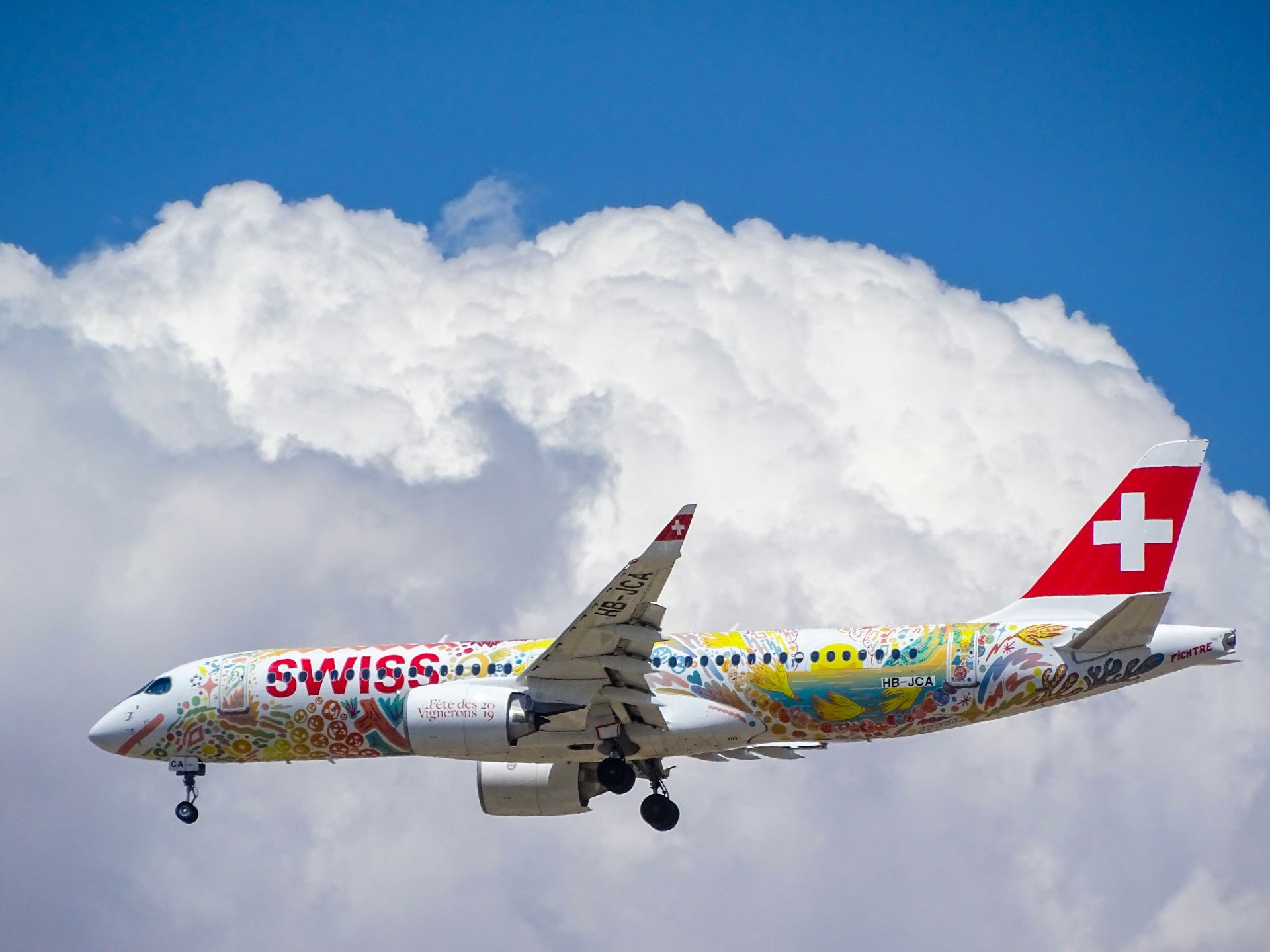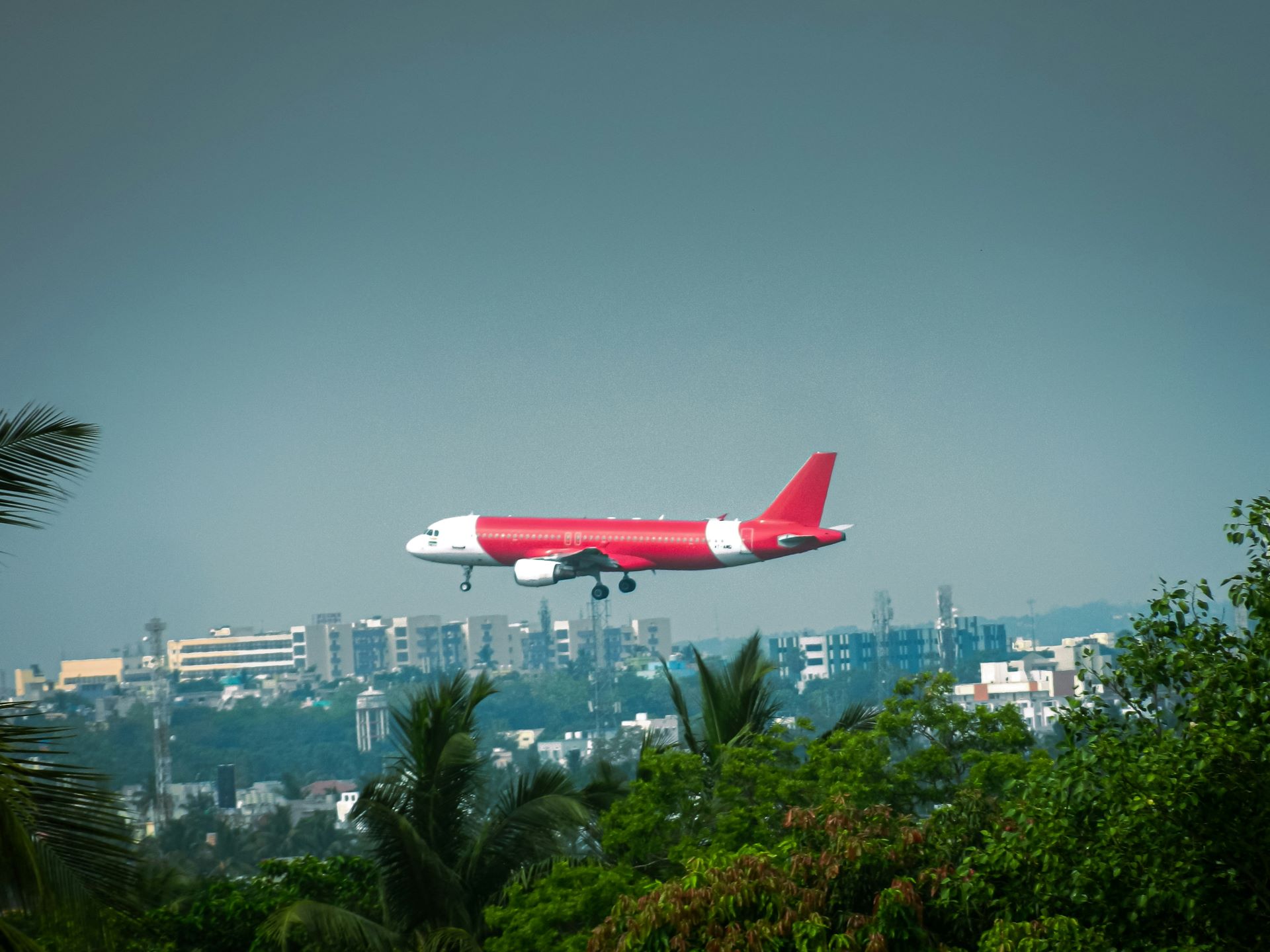Air travel is more than a mode of transportation. For decades, airlines have operated as flying emissaries, carrying not just passengers and cargo but the essence of national identity across continents. From the gleaming tailfins of Singapore Airlines to the bold stripes of Air France, airline branding is an exercise in storytelling—one that articulates culture, heritage, and aspiration. This interplay between aviation and national identity has long shaped how nations present themselves to the world, influencing tourism, diplomacy, and global perception.

The Airline as Cultural Ambassador
Airlines occupy a unique position: they are the first point of contact many travelers have with a country. The experience begins before passengers board—through logos, livery, service ethos, uniforms, and the curated ambiance of lounges. These elements do more than market flights; they subtly convey a nation’s values, aesthetics, and societal priorities.
Consider the example of Singapore Airlines. Its iconic “bird of paradise” logo, elegant cabin service, and meticulously designed uniforms communicate precision, sophistication, and Southeast Asian grace. Passengers do not merely fly from Singapore to London—they are invited to experience a narrative of the city-state itself: efficient, cosmopolitan, and culturally refined.
Similarly, Air France blends heritage with modernity, projecting a distinctly French aura. Its emphasis on haute cuisine, stylish uniforms, and understated elegance reinforces France’s global image as a hub of fashion, art, and culinary sophistication. In this sense, airline branding is not an isolated marketing exercise but an extension of national diplomacy—a soft power tool that amplifies cultural narratives beyond embassies and consulates.
Visual Storytelling: Livery, Logos, and Uniforms
Visual cues remain among the most potent instruments of identity projection. A plane’s livery—its tailfin design, colour palette, and emblem—acts as a flying billboard for national identity. South African Airways (SAA), for instance, has historically leveraged vibrant patterns inspired by local art and the national flag. The aircraft is a moving canvas that communicates diversity, energy, and a celebration of the nation’s complex heritage.
Uniforms, too, carry symbolic weight. From the sarong kebaya of Singapore Airlines’ cabin crew to Emirates’ sharply tailored burgundy suits, the choices in design are deliberate. They convey cultural narratives while instilling a sense of pride and belonging among employees. In this context, every interaction between crew and passenger becomes an exchange of cultural signals, reinforcing the airline’s—and by extension, the nation’s—story.
Service as National Expression
While visuals capture attention, the service experience embodies the intangible essence of national character. Japanese airlines, for instance, are celebrated for the meticulous politeness and quiet efficiency of their staff, reflecting broader societal norms of respect, attention to detail, and harmony. Travelers internalize these values almost unconsciously, leaving with a sense of Japan that transcends guidebooks and sightseeing itineraries.
In contrast, Middle Eastern carriers such as Qatar Airways and Emirates project luxury, opulence, and forward-thinking ambition. These airlines reflect a broader national identity narrative: a fusion of tradition and modernity, positioning their nations as global hubs of wealth, innovation, and hospitality. In every seat, meal, and lounge, passengers encounter a curated representation of national identity, carefully crafted to leave a lasting impression.
Route Networks as Cultural Outreach
Airlines shape national identity not only through imagery and service but also via the destinations they prioritize. Route networks communicate geopolitical and economic priorities, signaling which countries a nation values as partners or cultural peers. For example, the extensive global network of Lufthansa underscores Germany’s position as a European powerhouse with deep commercial and cultural ties worldwide. Conversely, smaller national carriers may focus strategically on diaspora connections or tourism hotspots, demonstrating how mobility fosters cultural resonance.
Strategic alliances further extend these narratives. Codeshare agreements and airline alliances such as Star Alliance and SkyTeam allow carriers to project national identity beyond borders, using partner airlines as cultural conduits. For passengers, each flight becomes a mini-cultural exchange, an immersive experience that subtly communicates the values, aesthetics, and ambitions of the airline’s home country.

Marketing Campaigns as Storytelling Instruments
Beyond the in-flight experience, airlines leverage advertising to reinforce national narratives. Campaigns often draw upon historical, cultural, or natural symbols. Tourism campaigns from SAA, for instance, highlight South Africa’s diversity—its wildlife, landscapes, and cultural vibrancy—while subtly linking the experience to the airline itself. The message is clear: to explore South Africa fully, one begins with SAA, which serves as a bridge between the global traveler and the country’s rich cultural tapestry.
Air France’s campaigns similarly evoke French sophistication, blending imagery of iconic landmarks with lifestyle cues such as fashion and gastronomy. By aligning the airline with aspirational elements of national culture, these campaigns ensure that brand perception and national identity reinforce one another, creating a seamless narrative in the minds of travelers.
Challenges of Representing National Identity
Airline branding as cultural ambassadorship is not without its complexities. Globalization, multicultural passenger demographics, and political sensitivities demand careful calibration. Misalignment between brand identity and national perception can lead to reputational risk.
For instance, if an airline emphasizes luxury in a country facing socio-economic challenges, it may face criticism for projecting a misleading image. Similarly, cultural misrepresentation in uniforms or service protocols can spark backlash, as seen in controversies surrounding cultural appropriation in some cabin crew designs. Successful airlines navigate these nuances, ensuring that their identity projection is both aspirational and authentic, resonating with both domestic and international audiences.
The Role of Innovation in Identity Projection
Technological innovation has become another vector for expressing national identity. Airlines use digital platforms, advanced booking systems, and immersive experiences to showcase national ingenuity. Singapore Airlines, with its pioneering in-flight entertainment and app-based passenger services, signals a broader national narrative of technological excellence and forward-thinking urban planning.
Eco-conscious branding also reflects national values in a global context. Scandinavian carriers such as SAS emphasize sustainability, linking service choices to Sweden’s broader identity as a leader in environmental stewardship. In this sense, innovation and social responsibility become intertwined with cultural ambassadorship, projecting values that extend beyond traditional visual or service cues.
Airlines as Tourism Catalysts
Perhaps the most tangible impact of airline branding on national identity is its influence on tourism. Airlines act as gateways, shaping first impressions and facilitating the discovery of cultural landscapes. When travelers arrive in Singapore, their first taste of the nation is often through the seamless hospitality of Singapore Airlines. In South Africa, SAA conveys warmth, diversity, and vibrancy, reinforcing the narratives that attract tourists to iconic destinations such as Cape Town, Kruger National Park, and the Garden Route.
By aligning branding, service, and route networks with national storytelling, airlines ensure that tourism becomes an extension of cultural diplomacy. Travelers leave not only with memories of sights and sounds but with a sense of the nation’s ethos, values, and character—experiences that endure long after the return flight.

The Sky as a Canvas for National Identity
In the 21st century, airlines occupy a role far beyond transportation. They are flying embassies, cultural storytellers, and global brand ambassadors. Through design, service, marketing, route planning, and technological innovation, airlines craft immersive narratives that communicate national identity to millions of travelers annually.
From the elegance of Air France to the precision of Singapore Airlines and the vibrancy of South African Airways, each carrier demonstrates how aviation can embody, reflect, and project culture. In doing so, airlines not only support tourism and commerce but shape the global imagination, ensuring that every flight carries a story of the nation it represents.
In a world where borders are increasingly porous and travel ubiquitous, airline branding continues to serve as a critical instrument of soft power—an airborne ambassador of identity, aspiration, and pride. The skies, it seems, have become the most visible stage for national storytelling, where every landing and takeoff writes a chapter in a nation’s ongoing cultural narrative.
